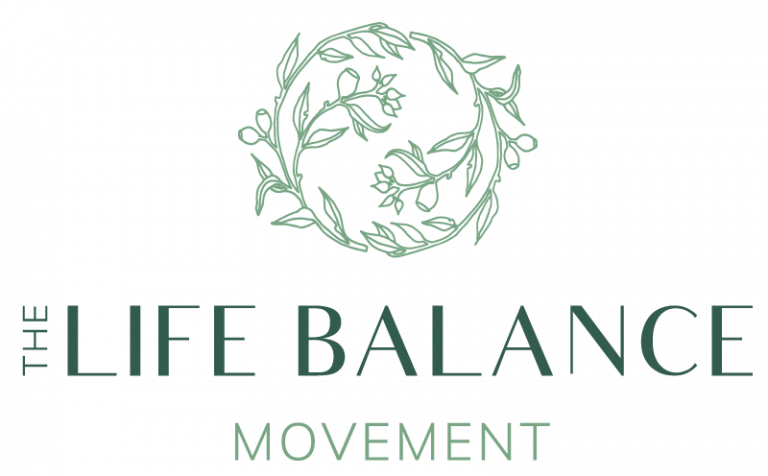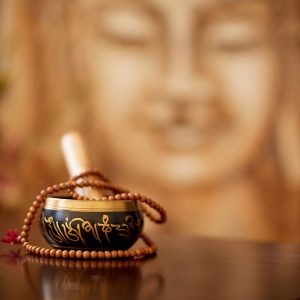It was many years ago that I first experimented with the concept of gratitude and it is now a cornerstone of my daily life.
At the time, I was in a negative rut and had little time or energy to try anything new, let alone find things to be grateful for. But then the curious in me took over, and for good reason. Once I experienced the magic of this simple and powerful practice, there was no denying the benefits of cultivating gratitude in my life.
I use the words ‘cultivating’ and ‘practise’ deliberately, because it’s not an overnight fix but well worth the effort if you’re willing to be just a little bit curious!
What is gratitude?
The Science of Gratitude whitepaper by the Greater Good Science Centre at UC Berkley describes gratitude as many things: a disposition, mood, emotion, virtue, skill, attitude and even a coping mechanism and a two-step process. It recognises that “gratitude can mean different things to different people in different contexts”.
For me, gratitude is a habit – training my mind to observe, take note and appreciate the positives in a situation.
This is not at the expense of ignoring everything else, but experience shows that often we tend to have a myopic focus on what is not going right in a situation, and in doing so gloss over and miss the opportunities in all the things that are.
Why should I practise gratitude?
Studies referenced in The Science of Gratitude demonstrate that there are both individual benefits and social benefits of practising gratitude.
On an individual level, gratitude practices are linked to people feeling generally more satisfied with life, increasing their overall positive mood and happiness. One study even shows medical improvements in patients with heart failure who kept a gratitude journal for 8 weeks with reduced signs of inflammation.
On a collective level, studies show that gratitude influences people to be more helpful and generous, which then strengthens relationships and impacts both personal and social wellbeing.
Experimenting with gratitude
While research on the science of gratitude is still developing, it’s another thing to experiment and experience it for yourself.
Here are some ways:
- Gratitude journal – write about 3-5 things that you are grateful for each day
- Gratitude letter/visit – share your appreciation with someone you have never thanked
And don’t forget to keep an eye out for the online Gratitude Challenge on The Life Balance Movement. We would love for you join us for the next one!






